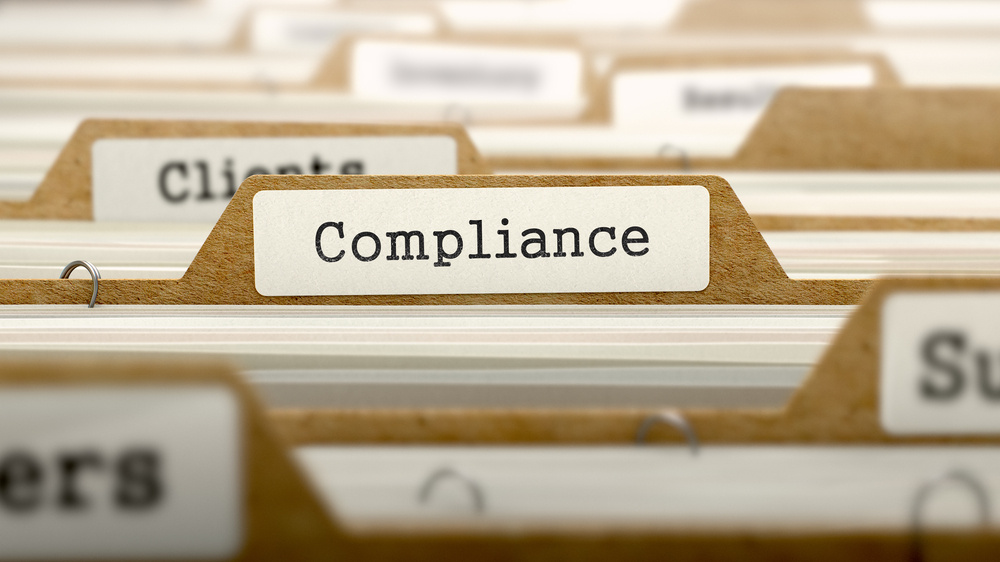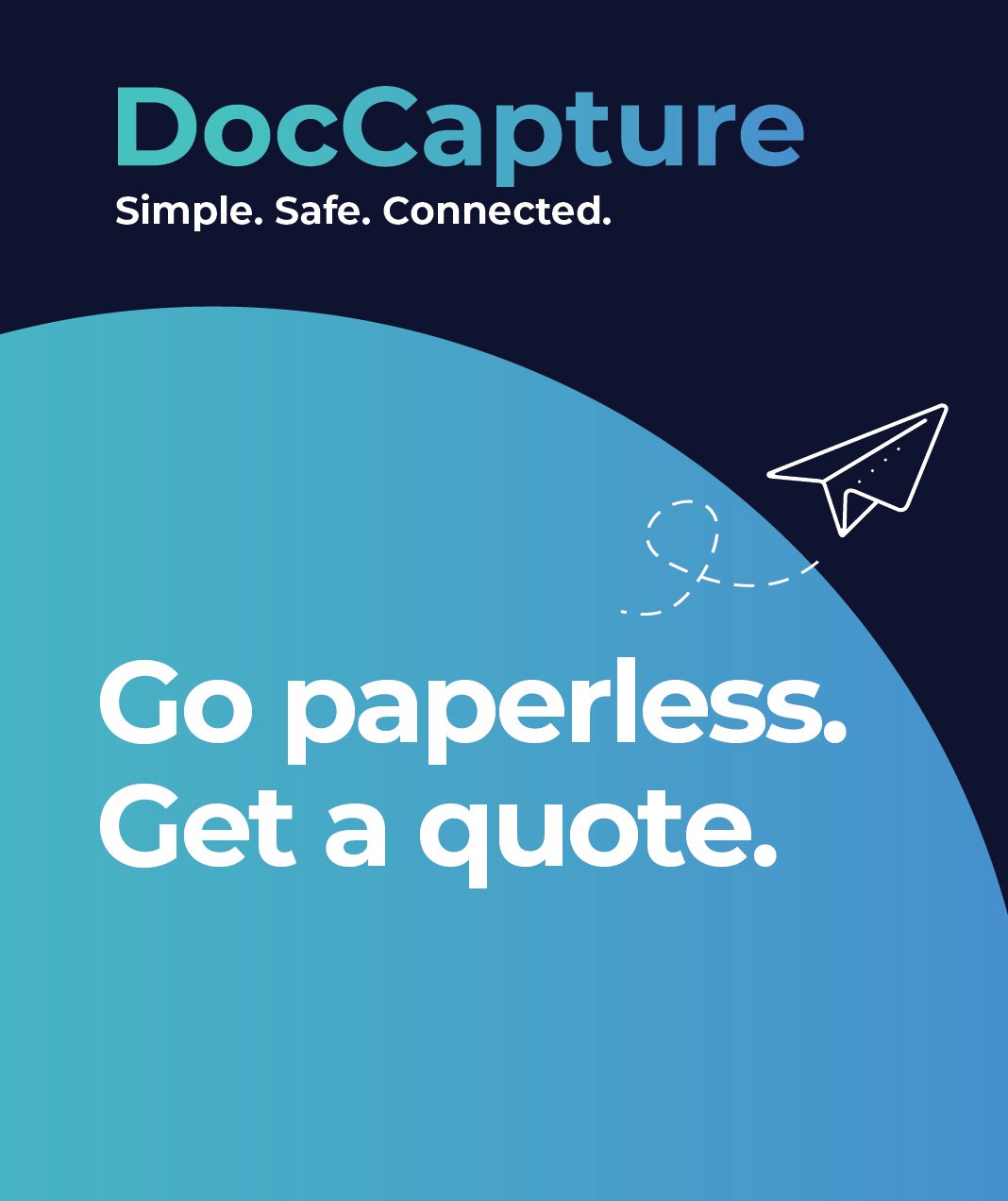Modernizing Government Operations Through Document Scanning
Table of contents
For decades, government agencies have relied heavily on paper-based processes—filling file cabinets, requiring in-person approvals, and generating paper trails that are both labor-intensive and prone to error. These outdated systems not only slow down inter-agency coordination but also hinder public access to timely information, delay service delivery, and increase operational costs.
The transition to digital workflows isn’t just a trend—it’s a strategic imperative. With increasing expectations for transparency, agility, and cost-effectiveness, government entities face mounting pressure to reform. At the core of this transformation is one foundational shift: document scanning. By digitizing legacy records and integrating them into secure, searchable platforms, agencies can unlock faster access, better compliance, and more efficient governance.
In this article, we’ll explore how modernizing government operations through document scanning empowers agencies to overcome institutional barriers, improve service delivery, and enhance public trust.
The Pressure to Modernize Government Workflows
Government leaders are facing a pivotal moment. Citizens expect the same speed and convenience from public services that they receive from the private sector. Whether it's renewing a license, accessing public records, or submitting permit applications, the demand for seamless digital experiences is rising fast.
Beyond public expectations, internal challenges compound the urgency to modernize. Agencies must juggle tightening budgets, growing regulatory requirements, and aging infrastructure—all while maintaining strict data security. Legacy paper systems simply can't keep up. They hinder transparency, delay decision-making, and expose organizations to unnecessary compliance risks.
The solution? Embracing digital transformation through document scanning. By converting paper files into digital assets, government departments can create structured, searchable archives that enhance collaboration, reduce physical storage costs, and respond more swiftly to audits or public inquiries.
To understand how this transformation begins, explore Government Document Scanning, where agencies can find tailored solutions for secure, scalable document digitization.
Key Benefits of Document Scanning in Government
Transitioning to a digital-first approach through document scanning offers government agencies substantial operational gains. These improvements span everything from internal efficiency to public service quality.
Enhanced Accessibility and Faster Information Retrieval
Digitized records can be accessed instantly from secure cloud platforms or internal databases. This eliminates the time-consuming task of locating physical documents and supports remote work environments—critical for continuity during emergencies.
Improved Inter-Agency Collaboration
Paper silos often isolate data within departments. Digital archives, however, enable authorized personnel across agencies to share and retrieve documents quickly, fostering better coordination, faster approvals, and unified service delivery.
Increased Data Security and Compliance Readiness
Physical records are vulnerable to loss, theft, and environmental damage. Scanned documents, when managed with the right security protocols, offer encrypted storage, access control, and robust audit trails—key for regulatory compliance and data integrity.
Hypothetical Use Case: Permitting Office Efficiency
Consider a county permitting office that scans all legacy blueprints and permit applications into a centralized system. Staff can now search documents by parcel number or project type, slashing processing times and improving communication with planning and zoning departments.
To dive deeper into the operational gains, visit Efficiency in Government: How Document Scanning Helps.
Overcoming Common Challenges
Modernizing government operations through document scanning is not without its obstacles. Agencies often encounter resistance from within, budgetary limitations, and concerns about vendor reliability. However, with the right strategies, these challenges can be effectively managed.
Tackling Bureaucratic Resistance with Change Management
Government culture is often rooted in tradition, and change—even when beneficial—can face pushback. Implementing a structured change management plan, including staff training and phased rollouts, helps ensure smoother transitions. Leadership should emphasize long-term benefits and offer proof of efficiency to build momentum.
Addressing Concerns About Security and Vendor Reliability
Data sensitivity is a top concern. Agencies should vet scanning vendors rigorously—looking for those with government experience, security certifications, and transparent protocols for handling sensitive documents. Establishing clear data ownership terms and chain-of-custody practices is essential.
Working Within Government Budgets and Planning for ROI
Budget cycles can slow down technology investments. To gain buy-in, IT and compliance leaders should frame document scanning as a cost-saving measure over time. Reduced storage needs, lower administrative overhead, and faster service delivery collectively drive a strong ROI.
For a deeper look at how digitization supports operational goals, see Efficiency in Government: How Document Scanning Helps.
Choosing a Document Scanning Partner
Selecting the right scanning partner can make or break a government digitization initiative. Agencies must ensure that the vendor they choose understands the unique needs of public institutions and meets the highest standards of security, service, and compliance.
What to Look For
-
Government Experience: Choose a partner with a track record of working with public sector clients. Familiarity with government protocols, FOIA requirements, and records retention schedules is essential.
-
Security Certifications: Vendors should offer secure facilities, staff background checks, encryption protocols, and certifications such as SOC 2 or ISO 27001.
-
End-to-End Services: From pickup and document preparation to scanning, indexing, and digital delivery, a seamless process reduces risks and ensures quality.
Why DocCapture Stands Out
DocCapture connects government agencies with vetted, top-tier scanning providers who specialize in secure, compliant digitization. Their process emphasizes:
-
Transparent pricing models
-
Flexible scheduling for minimal disruption
-
Compatibility with legacy systems and current records management software
-
Nationwide service with local support
Most importantly, DocCapture is committed to helping governments achieve long-term cost-effectiveness and operational agility.
To learn more or begin your digital transformation, visit Government Document Scanning.
Conclusion
Modernizing government operations through document scanning is more than a technical upgrade—it's a strategic step toward efficiency, security, and better service delivery. By eliminating paper-based bottlenecks, improving collaboration across departments, and ensuring faster access to information, agencies can meet today’s demands with agility and transparency.
As digital expectations grow, the ability to provide timely, secure, and cost-effective public services hinges on embracing document digitization. Partnering with experienced providers like DocCapture ensures a smooth transition with long-term operational benefits.
Ready to start your modernization journey? Fill out our "get a quote" form to connect with trusted scanning providers and explore solutions tailored to your agency’s needs.
Share this
You May Also Like
These Related Stories

Transforming Public Records Management for Government Efficiency

Budget Constraints with Advanced Document Management in Government

